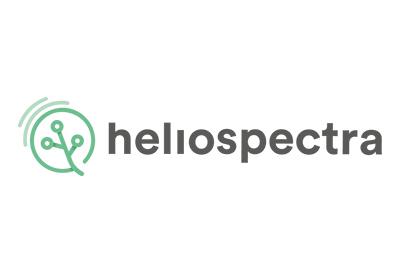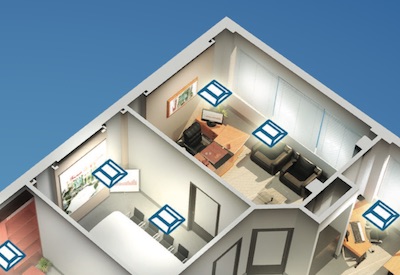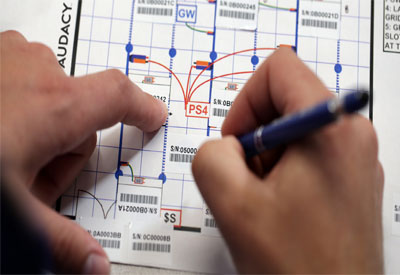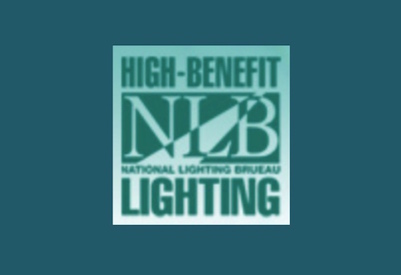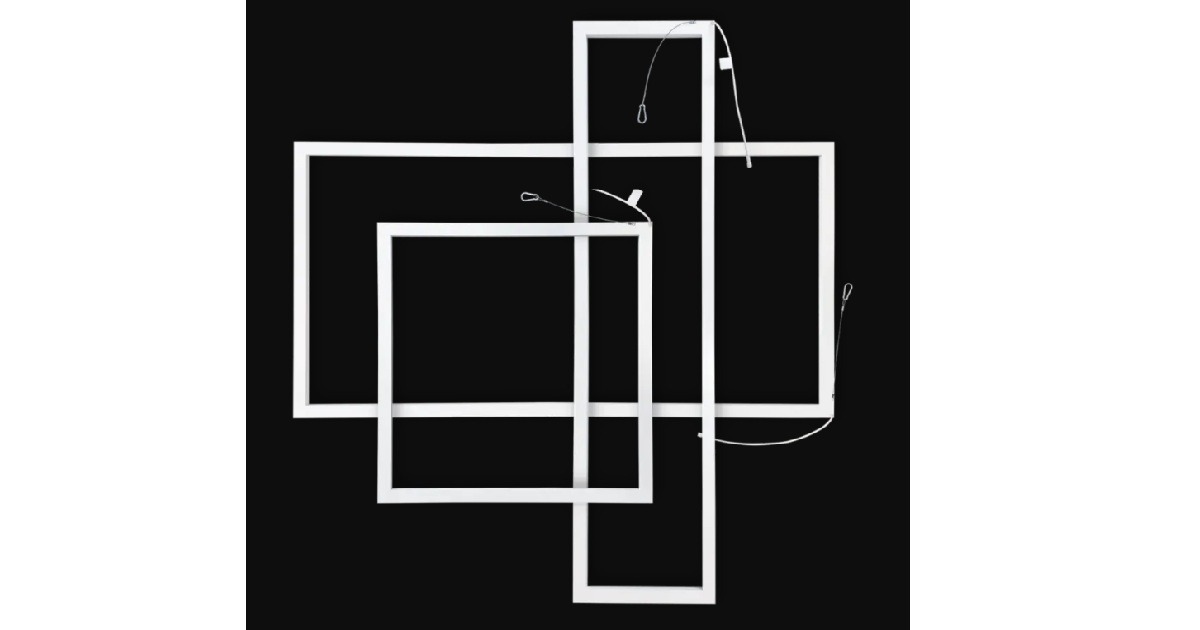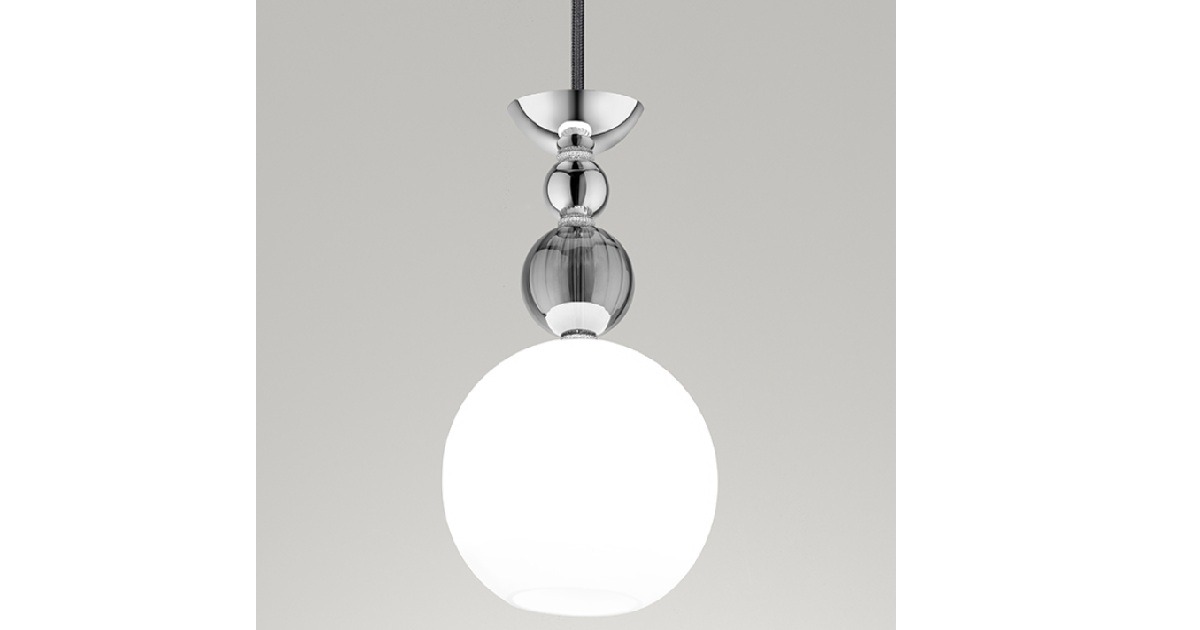Setting New Standards for a Transforming Industry
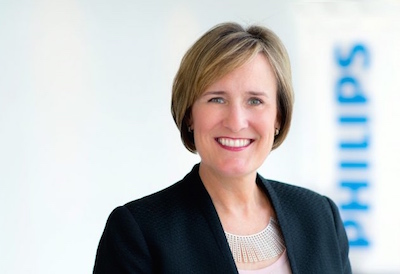
March 6, 2017
Never has there been a more exciting time to be part of the lighting industry. Although we have witnessed many technological shifts, none has been quite as disruptive as the industry’s emerging digital transformation. The introduction of light-emitting diodes (LEDs) provided an efficient way to save energy, but the real value is realized when connected technology like sensors, networks, and software are added to LED infrastructure.
Since lighting is everywhere — in streets, public spaces, offices, and homes — connected lighting systems may serve as an information pathway capable of sending and receiving data through each connected point of light. This presents an opportunity to introduce data-enabled services.
A new class of standards is vital to this evolution. Now we must collaborate, embrace, and support standards that address the future of the lighting industry. Three key areas must be addressed: data sharing, data security, and privacy.
Data sharing
Every light within a connected lighting system can be an input point for information, giving us the opportunity to deliver far more customer value than just the lighting for which the infrastructure was initially deployed.
Data can include everything from air quality and security risks to energy consumption and productivity. We need to address the question of whether we should, or can, provide open access to these data within the constraints of policies and regulations. One solution includes the development of an industry-standard data export interface, which would allow other companies to cost-effectively use gathered data for complementary customer applications. As an industry we determine our role and responsibility in sharing this important information.
Security
Cyber attacks on internet-enabled devices continue to spotlight network and data security. As lighting plays a bigger role in this area, data security standards for connected lighting systems are fast becoming imperative to the Internet of Things (IoT) vision. While there are already general data security standards in place, the industry needs to improve them. This has heightened our resolve within NEMA to ensure that connected lighting systems are protected from cyber attacks. We need to evolve to one common framework, with security standards tuned to the specific needs and vulnerabilities of IoT devices and a compliance or certification scheme that provides a recognized, cross-industry level of protection.
Privacy
A sound privacy policy and practice is the third leg of this triad. Privacy regulations often vary by global region, country, or even state. With lighting’s growing role in the IoT, we need to be a trusted steward for the data collected and retained by connected lighting networks. It will be crucial for industry to work with regulatory agencies to implement sound data governance practices central to information-centric value generated by connected lighting networks.
A new class of standards, drawn from the IT industry and tuned to the unique attributes of sensor-enabled, data-driven lighting applications, will lower risk and development cost while introducing economies of scale that benefit customers and the industry as a whole. As an industry, we must seize this opportunity.
Content provided courtesy of NEMA: http://www.nema.org/.
Amy Huntington is Philips Lighting’s CEO, Market Group Americas.

